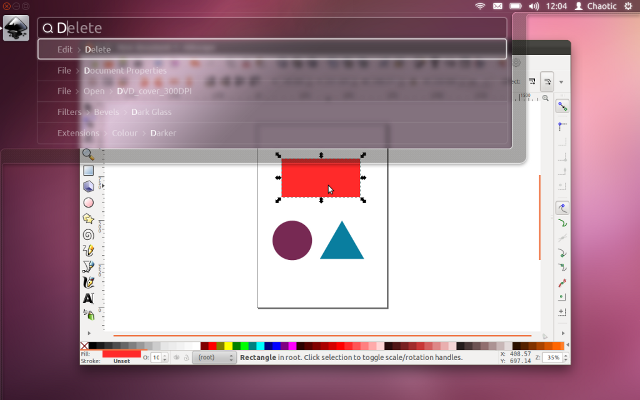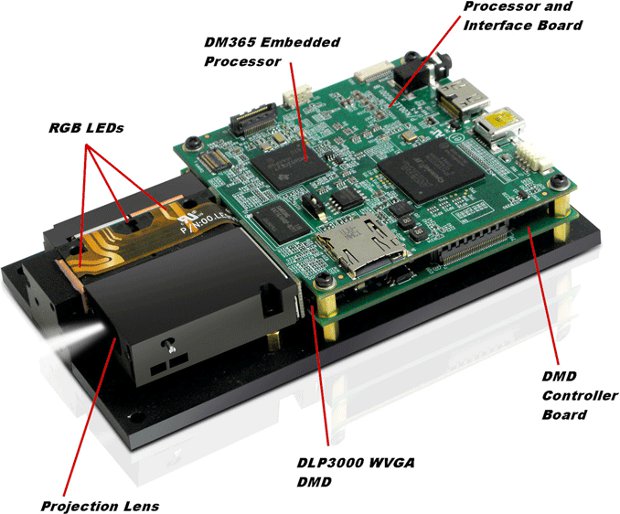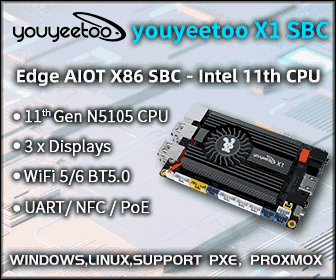Ubuntu has announced Head-Up Display (HUD) for Ubuntu 12.04 (Precise Pangolin) a contextual search interface that could, as Canonical expects, ultimately replace menus in Unity applications. So when Ubuntu 12.04 is released in April 2012, it will be the first LTS (Long Term Support) Ubuntu version with the Unity interface and the new HUD feature. I like HUD, as I find it similar to what is done in Windows 7 and what could be done with Google Desktop in Windows XP previously, although Ubuntu HUD goes further as it includes menus in the search. What I would NOT like however, is that they completely remove menus. I’d like to see it as a complement of menus (Which will be the case in 12.04), but this does not seem to be Canonical’s intention for future versions of Ubuntu (12.10 and beyond), as they want to replace menus with HUD. HUD will […]
SPDY Aims to Make the Web Faster and Replace HTTP
SPDY (pronounce “SPeeDY”) is a new protocol designed by Google that aims at making the web faster and eventually replace HTTP. This new protocol is not a new scheme, so it would be transparent to the user and there would not be a new spdy:// prefix and we would still be using http://. It will always be secure and use tcp port 443 instead of 80 (because of transparent proxies messing up with packets). Most of Google products such as Chrome, Android Honeycomb (They can’t say if ICS is using SPDY…) devices and Google’s servers have already using SPDY protocol for some time, and Google reports some encouraging results. The tested 300 sites from the top 1000 Alexa sites and found an average 40% page load improvement. They also reported some labs tests: *PLT stands for “Page Load Times” in the chart above. Google is not the only company using […]
Linaro 12.01 Release with Kernel 3.2 – Android 4.0.3
Linaro has just released version 12.01 based on Linux Kernel 3.2 and Android ICS upgraded to 4.0.3. A lot of work has been done to have video hardware decoding on OMAP 4 (in GStreamer) enabling Pandaboard to run Ubuntu TV and XBMC with Video HW acceleration. Prebuilt binaries for Linaro GCC and Linaro GDBare now available which means you don’t need to use Ubuntu with Linaro Toolchain. It has been tested with Debian 6.0.2, Fedora 16, openSUSE 12.1 and Red Hat Enterprise Linux Workstation 5.7 and should run on any Linux Standard Base 3.0 compatible distribution. Windows binaries are also available and known to work on Windows XP Pro SP3, Windows Vista Business SP2 and Windows 7 Pro SP1. Here are the highlights of the release: Android Linaro’s ICS has been upgraded to 4.0.3. Linaro Android ICS builds are now optimized using -O3 with the Linaro Toolchain. Click through builds […]
How to Find IP Address Ranges Owned by a Company
If you have a firewall, you may want to whitelist and/or blacklist some IPs depending in the origin. Usually it’s easy to find the owner of an IP address, but how can you find the IP address(es) registered by one specific company ? Let’s say you want to whitelist Technorati bot. A simple way is to go to http://bgp.he.net/ and enter the company name (e.g. technorati). It will return the IP list as follows: Result Description AS16936 Technorati, Inc. 208.66.66.0/23 Technorati, Inc. 208.66.65.0/24 Technorati, Inc. 208.66.64.0/24 Technorati, Inc. 208.66.64.0/22 Technorati, Inc. I understand the AS entries correspond to the Internet provider, and the IP address ranges can be added to your firewall (I use CloudFlare service) whitelist.
Texas Instruments Pico Projector Module: DLP LightCrafter
Texas Instruments announced the DLP LightCrafter, a Pico Projector evaluation module. This module is powered by an ARM9 TMS320DM365 processor @ 300 Mhz (with 1080p video co-processor) running Embedded Linux. It features a 20-lumen RGB LED light engine and projector, as well as TI DLP 0.3 WVGA chipset. The DLP LightCrafter EVM is intended to bring DLP (digital light processing) devices faster to market and targets the industrial, medical, security and scientific instrument markets with devices such as pico projectors, 3D fingerprint scanners and 3D printers. The DLP LightCrafter incorporates TI DLP3000-C300REF reference design with includes the 0.3 WVGA chipset, TMS320DM365 embedded processor and MSP430 micro-controller. Here are the key features of the DLP LightCrafter: 20 lumen light output WVGA resolution (608×684 native) Up to 4kHz binary pattern rate Configurable I/O trigger DM365 embedded processor (ARM926E-JS) 128MB NAND flash memory USB, Mini HDMI, UART interfaces Dimensions: 117mm x 65mm […]
HP Releases Open WebOS 1.0 Roadmap and Enyo 2.0 Source Code
HP announced further details on webOS including a roadmap & its license and released Enyo 2.0 source code. The webOS code will be made available under the Apache License, Version 2.0, beginning with the source code for Enyo. Enyo is a Javascript development platform allowing developers to write applications that works across mobile devices and desktop web browsers, from the webOS, iOS and Android platforms to the Internet Explorer and Firefox browsers. webOS roadmap Here’s webOS roadmap until September 2012: January – Enyo 2.0 and Enyo source code released under Apache License, Version 2.0 February – Intended project governance model, QT WebKit extensions, JavaScript core and UI Enyo widgets March – Linux standard kernel, Graphics extensions EGL, LevelDB and USB extensions April – Release of Ares 2.0, Enyo 2.1 and Node services July – System manager (“Luna”), System manager bus, Core applications and Enyo 2.2 August – Build release model […]
The Past, Present and Future of Ubuntu for ARM
David Mandala of Canonical talked at Linux.Conf.Au on 18th of January 2012 about Ubuntu for ARM and the move from netbook to server support. You can read my notes below, or jump at the end of this post to watch the presentation. The Past 2008: Ubuntu decides to only support ARMv7 architecture vs. Debian that supports ARMv4 and above. 2009: Ubuntu release for Freescale i.MX51 (ARMv5 built), and then Marvell ARMAVA with ARMv6 and VFP (ARM floating point unit) support. 2010: April (10.04) The first ARMv7 release for OMAP3 (Beagleboard) with VFP, Thunb2, NEON and SMP for ARM and first netbook edition October (10.10) Pandabord (OMAP4) release with initial device tree support for ARM. Starts work with Linaro. 2011: 11.04 (5th release) – Supports OMAP3 and OMAP4 only. The netbook edition is using Qt, further improvement to device tree, further work with linaro and on the way to the Unified […]
App Inventor for Android is Now Open Source
Android App Inventor has been phased out by Google some weeks ago. But it is not dead yet, as Google made it open source and it is hosted at the Massachusetts Institute of Technology (MIT). The developers of App Inventor said they won’t be accepting contributions to the source code for now, but they plan to accept other developers contribution once the project is “complete and deployed to a large-scale public server”. App Inventor is a tool that allows non-programmer to design applications for Android via a web-based interface for designing Android apps without the need to get into Java programming with the Android software development kit. The projct is being transfered between Google and MIT, and you won’t be able to use App Inventor at the moment. MIT anticipates the public instance of App Inventor will be available for the general public to access some time in the first […]










